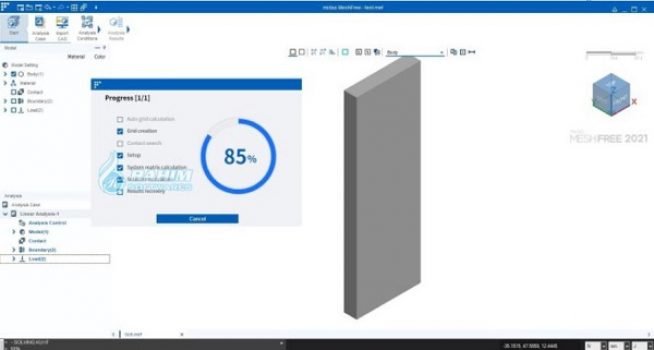
This thesis is thus dedicated to developing a new meshless simulation tool for metal cutting. While some meshless solvers capable of running metal cutting simulations exist in some commercial solver packages, they are quite limited in both the numerical techniques and physics modeling they offer. Meshless methods offer an interesting alternative to FEM, since they are conceptually not limited in the amount of deformation they can reproduce. Especially conventional simulation techniques like the FEM are affected by these characteristics, necessitating computationally very expensive techniques like remeshing or ALE formulations. However, the metal cutting process remains notoriou sly hard to simulate, exhibiting large deformations, and high deformation- and temperature rates. Simulation can be a viable tool to both of these ends.


Optimizing and understanding metal cutting processes is thus of great interest, both academically and in industry.

The economic importance of metal cutting operations is hard to overstate.


 0 kommentar(er)
0 kommentar(er)
